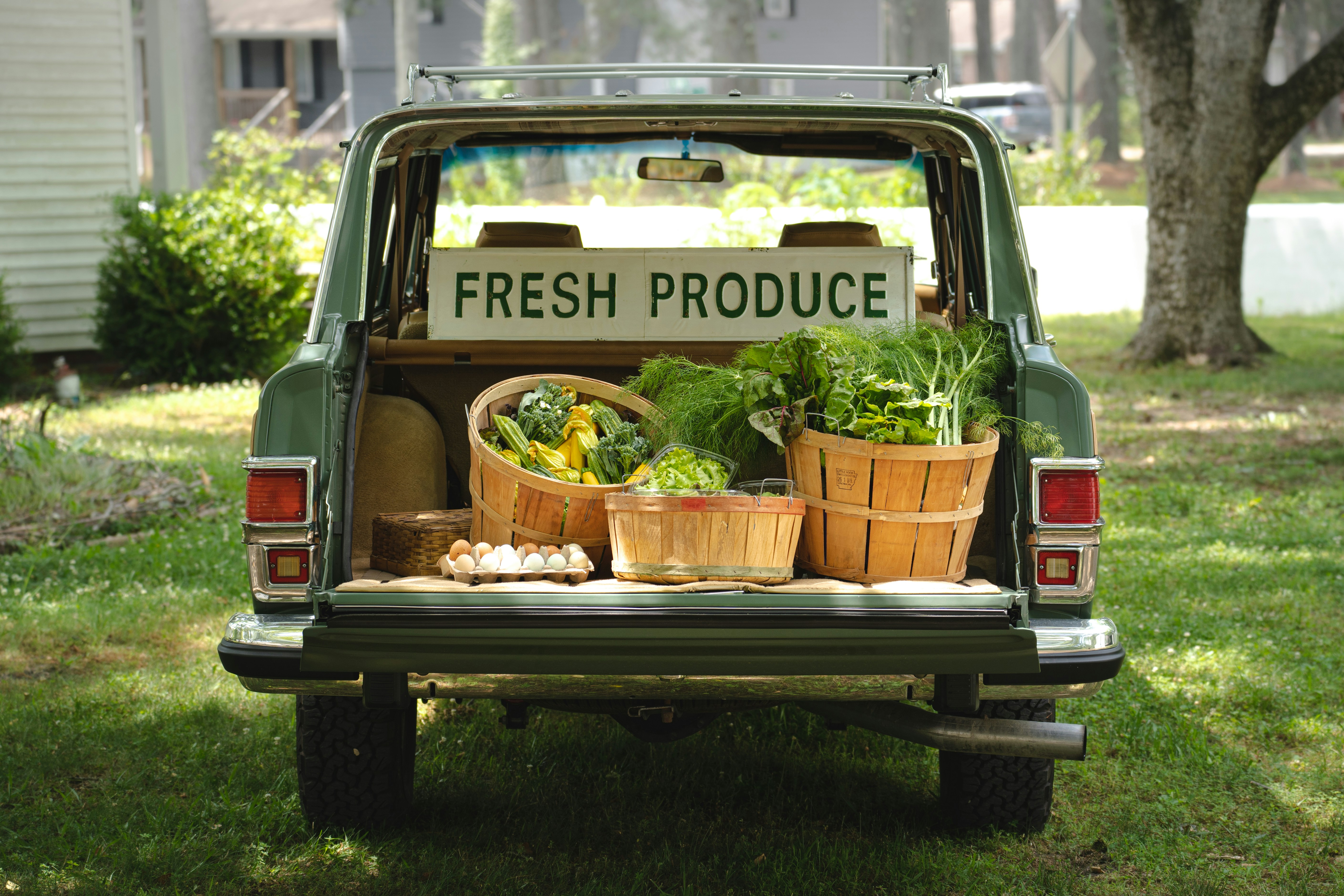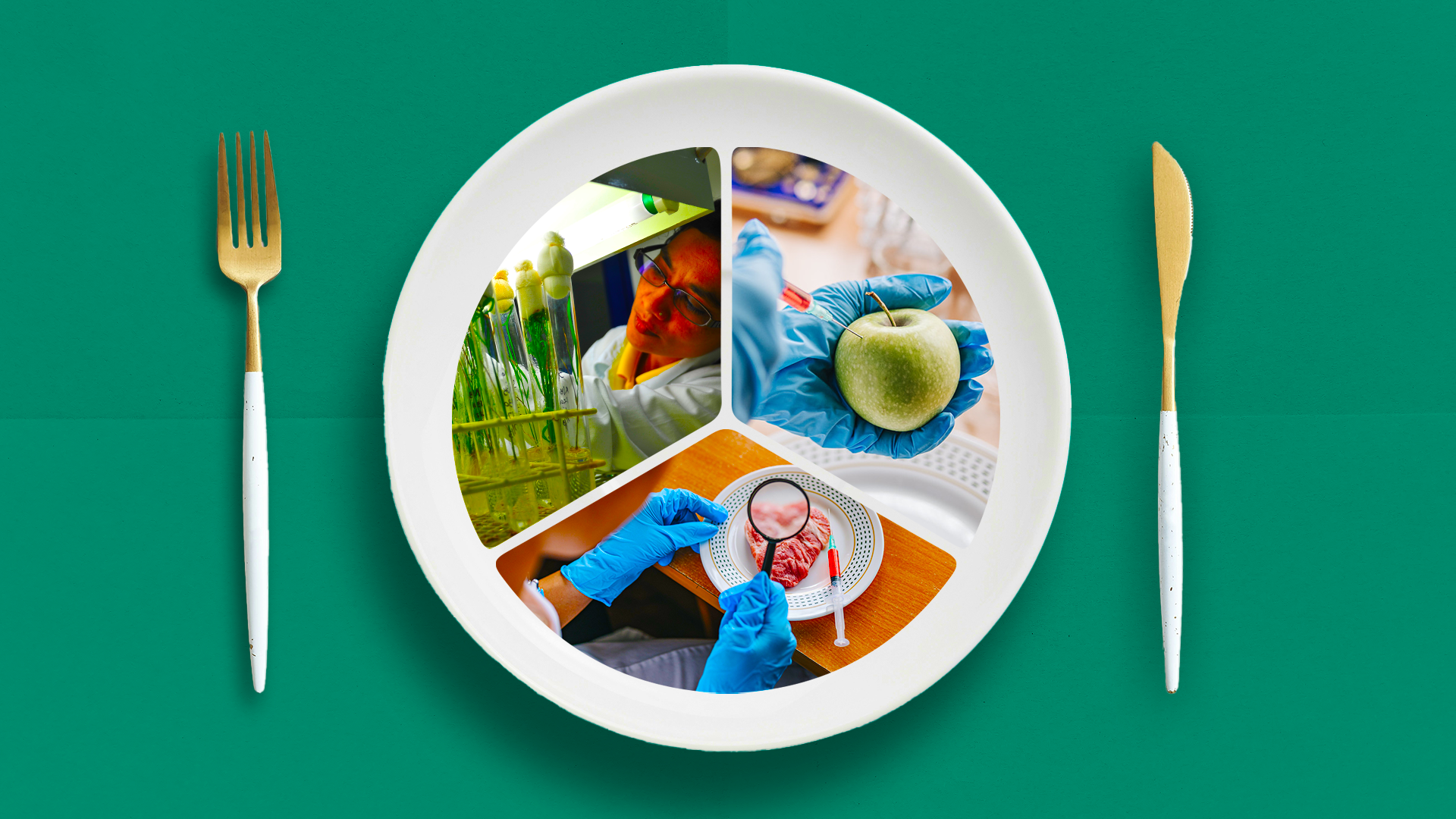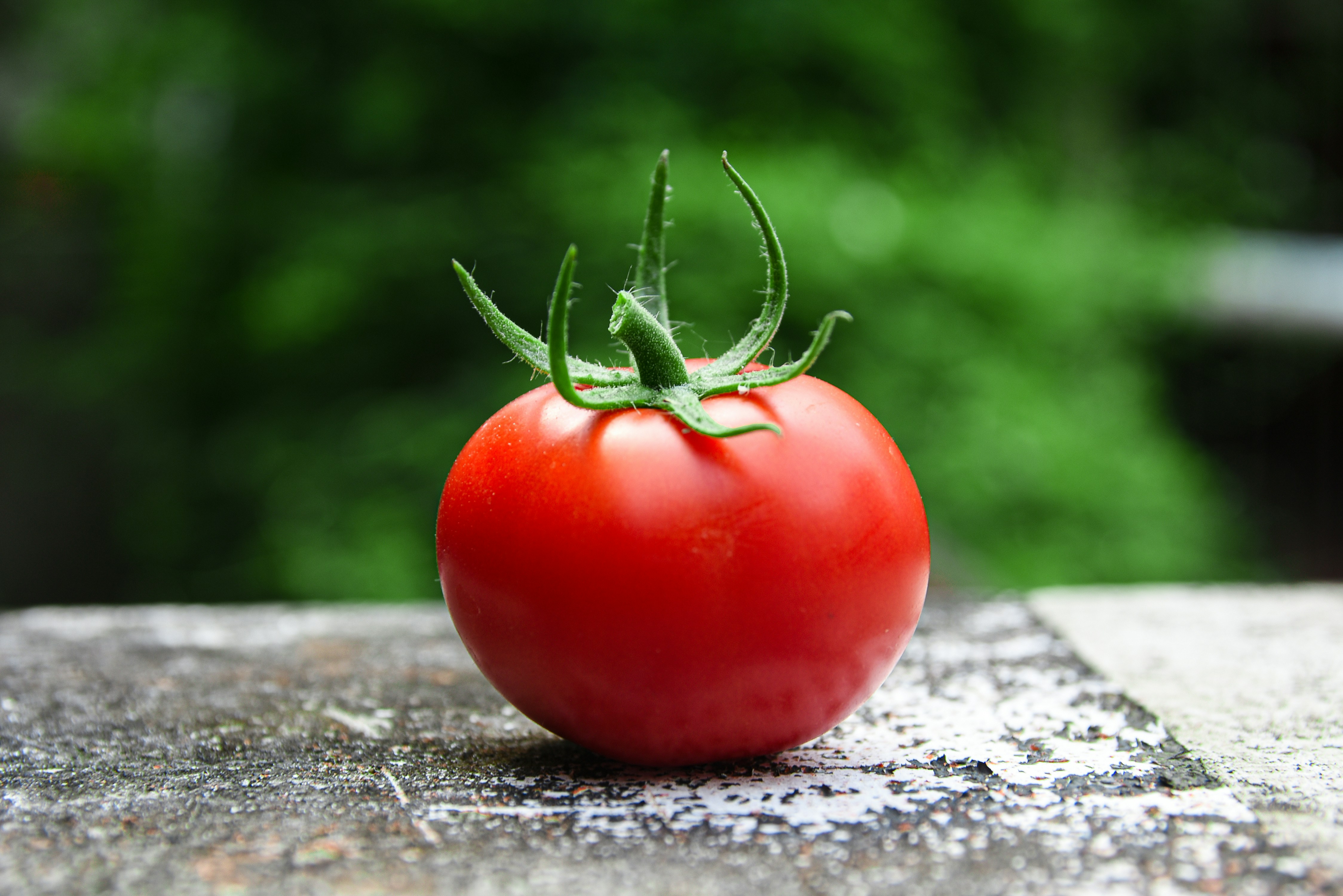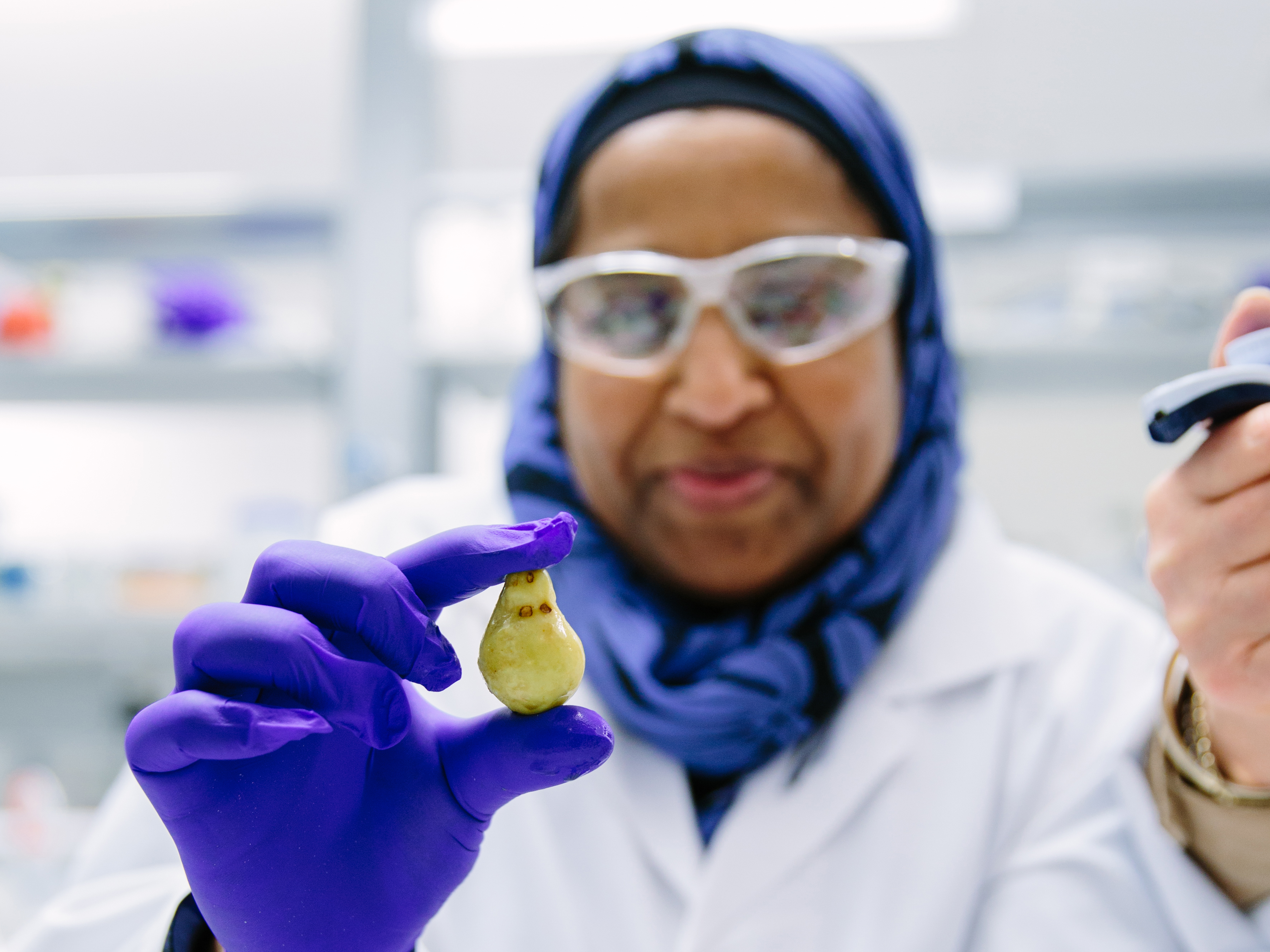The cultivated meat industry can provide a sustainable alternative to animal agriculture, meeting increased demand and supporting the global food supply chain.
 Advancing cellular agriculture technologies, optimising processes and exploring novel approaches can contribute to the evolution of cultivated meat production. : Ivan Radic CC BY 2.0
Advancing cellular agriculture technologies, optimising processes and exploring novel approaches can contribute to the evolution of cultivated meat production. : Ivan Radic CC BY 2.0
The cultivated meat industry can provide a sustainable alternative to animal agriculture, meeting increased demand and supporting the global food supply chain.
Putting meat on people’s plates is a significant contributor to global warming.
Not only is livestock production highly water and land-intensive, methane emissions from meat production in 2023 accounted for 36 percent of total methane emissions worldwide.
Methane is a powerful greenhouse gas and is 80 percent more potent than carbon dioxide.
Livestock farming also drives up antimicrobial resistance and is often unhygienic and inhumane.
As a result, alternative meat production processes are in demand.
Cultivated meat, also known as lab-grown or cell-based meat, has emerged as a promising alternative to traditional livestock farming to make access to meat affordable, sustainable and safe.
The cultivated meat industry is growing fast, with more investments and innovations in the pipeline. Cultivated meat is still in its early stages of development in India. While not yet commercially available, there’s active research and development underway.
The market for cultivated meat products was worth $US2.3 billion in 2023. This is expected to reach $US8.2 billion by 2033.
With the right technological advancements to propel the commercialisation of lab meat, it could provide a sustainable alternative to animal agriculture while meeting the increased demand for meat and supporting the global food supply chain.
The process
Cultivated meat involves growing animal cells outside of the animal’s body in a closed and controlled environment.
Bioreactors are the core of cultivated meat production, providing an optimal environment for animal cells to grow and multiply. This requires advanced technical expertise for efficient, sustainable and scalable production.
Bioreactors function as controlled environments where cells are supplied with essential nutrients and appropriate physiological conditions, allowing them to grow into muscle tissue, just like they would inside an animal, mimicking natural in vivo processes.
However, enhancing bioreactor efficiency requires overcoming various technical challenges such as scalability, continuous production, developing affordable nutrient solutions that sustain cell growth while keeping production economical, and ensuring cells receive sufficient oxygen, especially in dense cultures where oxygen depletion can hinder growth.
The delicate nature of animal cells requires bioreactors that minimise mechanical stress. There are difficulties in maintaining uniform growth and cell viability due to limited space, nutrient exhaustion and waste buildup, all of which must be carefully managed for large-scale production.
Technological advances
Scientists and companies are developing different types of bioreactors to address scalability, cost-effectiveness and production efficiency.
Similarly, perfusion systems that provide constant nutrients and remove waste, and automated monitoring of factors like cell count, oxygen and pH are improving bioreactor efficiency.
AI and machine learning are also being used to predict and adjust conditions automatically, making the process more precise and scalable for cultivated meat production.
Various initiatives have been tried to scale up cultivated meat production, aimed at advancing the field of cellular agriculture and supporting cultivated meat companies globally.
One of the critical barriers to this is the dependence on animal-derived serum in cell culture media such as Fetal Bovine Serum (FBS) and its high production cost.
Indian researchers have developed a serum-free media formulation that supports robust cell growth and differentiation while minimising production costs.
This not only improves the economic viability of cultivated meat but also reduces reliance on traditional animal-derived resources, aligning with ethical and sustainable practices.
Achieving a stable and efficient cell line for chicken muscle cells is crucial for producing poultry-based cultivated meat products. A cell line is a group of cells that can grow and multiply continuously in the lab, providing a consistent source of cells for meat production.
The researchers developed a dedicated cell line tailored for chicken cultivation.
By optimising cell growth and ensuring muscle tissue differentiation, this advancement significantly contributes to the availability of diverse cultivated meat options and reduces the environmental impact associated with conventional poultry farming.
The creation of three-dimensional structures or scaffolds that support cell growth and tissue formation is crucial for achieving the desired texture and structure of cultivated meat products.
Researchers’ efforts to develop scalable and edible scaffolds address this challenge, enabling the cultivation of animal cells into complex and palatable meat-like structures.
This innovation promotes the production of cultivated meat products that closely mimic the sensory experience of traditional meats.
The future
The success of cultivated meat requires the growth of the entire cultivated meat industry through knowledge sharing, collaborative research and partnerships with companies worldwide.
Scaling up production involves navigating complex regulatory landscapes, where the absence of specific guidelines leads to uncertainty in approval processes and fostering public acceptance.
The Food Safety and Standards Authority of India is developing regulations, and surveys suggest positive consumer sentiment.
Efforts to raise public awareness about the benefits of cultivated meat can involve educational campaigns that explain its production and benefits, transparency about safety and nutritional aspects, participation in conferences and exhibitions to showcase innovations, community engagement to address concerns and leveraging the media to share success stories and positive narratives aimed at dispelling misconceptions and fostering a supportive perception of this innovative food production method.
Advancing cellular agriculture technologies, optimising processes and exploring novel approaches can contribute to the evolution of cultivated meat production.
This can enhance efficiency, reduce cost and the development of new product offerings.
Implementing technologies such as AI, machine Learning and bioreactor optimisation is expected to play a significant role in advancing cultivated meat production and enabling the industry’s commercialisation.
Hasmeet Kaur is a Research assistant at Manav Rachna International Institute of Research and Studies and is doing her PhD in industry collaboration with Foresight Biotech Pvt Ltd.
Dr. Neeraj Verma is a PhD in Biotechnology from Jawaharlal Nehru University. He is Head of Innovation and Operations at Clear Meat® Pvt. Ltd, Delhi and scientific consultant at Foresight Biotech Pvt Ltd.
Originally published under Creative Commons by 360info™.














